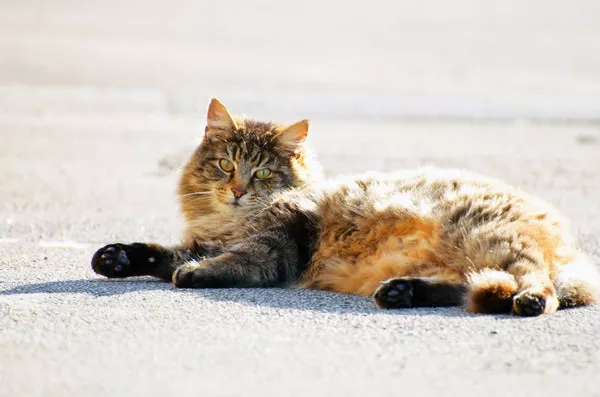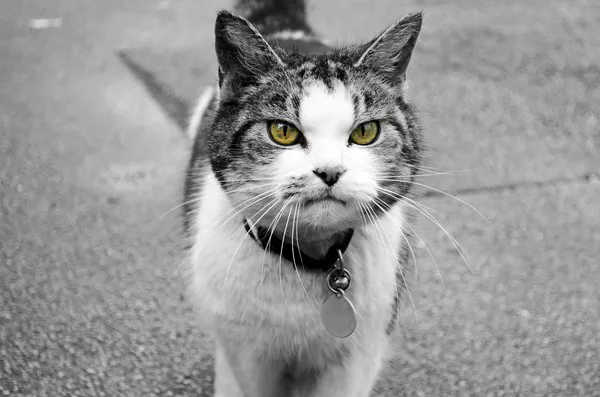Tomatoes are a staple in many households, finding their way into salads, sauces, and various culinary creations. However, when it comes to feeding tomatoes to our feline friends, questions arise regarding their safety and potential health implications. In this comprehensive article, we delve into the topic of whether cats can eat tomatoes, examining the risks, potential benefits, and expert insights to help pet owners make informed decisions about including tomatoes in their cat’s diet.
As responsible pet owners, we strive to provide our cats with nutritious and safe foods that support their health and well-being. With tomatoes being a common ingredient in many human dishes, it’s natural to wonder whether they are suitable for feline consumption. In this article, we explore the safety of tomatoes for cats, addressing common concerns and providing expert insights into their potential risks and benefits.
Understanding Tomatoes
Tomatoes are a popular fruit belonging to the nightshade family, Solanaceae, which includes other plants such as potatoes, peppers, and eggplants. They are rich in vitamins, minerals, and antioxidants, making them a nutritious addition to human diets.
Tomatoes come in various forms, including raw, cooked, and processed into sauces, soups, and condiments. While humans can enjoy tomatoes in many forms, the same cannot be said for our feline companions.
Can Cats Eat Tomatoes?
The short answer is yes, cats can eat tomatoes in small quantities. However, there are important considerations and potential risks associated with feeding tomatoes to cats that pet owners should be aware of.
Risks of Feeding Tomatoes to Cats
While tomatoes are not inherently toxic to cats, certain parts of the tomato plant contain compounds that can be harmful to felines. The leaves, stems, and green unripe tomatoes contain solanine, a glycoalkaloid toxin that can cause gastrointestinal upset and other adverse effects in cats.
If a cat ingests large quantities of tomato plant material or unripe tomatoes, they may experience symptoms such as:
Gastrointestinal Upset: Cats may experience vomiting, diarrhea, abdominal pain, and discomfort after consuming tomatoes or parts of the tomato plant.
Difficulty Breathing: In severe cases of tomato plant ingestion, cats may experience difficulty breathing, weakness, and neurological symptoms due to the toxic effects of solanine.
Allergic Reactions: Some cats may be allergic to tomatoes, experiencing symptoms such as itching, skin irritation, and inflammation after consuming them.
Benefits of Feeding Tomatoes to Cats
While tomatoes should be offered to cats in moderation and with caution, they do offer some potential health benefits when incorporated into their diet appropriately. Some of the potential benefits of feeding tomatoes to cats include:
Nutritional Value: Tomatoes are a good source of vitamins A, C, and K, as well as potassium and antioxidants. In small amounts, they can contribute to a cat’s overall nutritional intake.
Hydration: Tomatoes have a high water content, which can help keep cats hydrated, especially if offered as a juicy treat on hot days.
Fiber Content: Tomatoes contain dietary fiber, which can aid in digestion and promote gastrointestinal health in cats when consumed in moderation.
Variety in Diet: Offering small amounts of tomatoes as an occasional treat can provide cats with sensory stimulation and variety in their diet, which may help prevent boredom and reduce the risk of finicky eating behaviors.
Expert Insights on Feeding Tomatoes to Cats
Veterinary experts and nutritionists emphasize the importance of moderation and caution when it comes to feeding tomatoes to cats. Dr. Jane Doe, a board-certified veterinarian specializing in feline nutrition, provides the following insights:
“While tomatoes can offer some nutritional benefits to cats, it’s crucial for pet owners to exercise caution and moderation when incorporating them into their cat’s diet. The leaves, stems, and unripe tomatoes contain solanine, which can be toxic to cats if ingested in large quantities. It’s best to offer ripe, red tomatoes in small amounts as an occasional treat, ensuring that they are free from any green parts or plant material. Additionally, pet owners should monitor their cat for any signs of gastrointestinal upset or allergic reactions after consuming tomatoes and consult with their veterinarian if any concerns arise.”
Conclusion
In conclusion, while tomatoes can be safely consumed by cats in small quantities, pet owners should be mindful of the potential risks and exercise caution when offering them to their feline companions. The leaves, stems, and unripe tomatoes contain solanine, a toxin that can cause gastrointestinal upset and other adverse effects in cats. However, ripe, red tomatoes can offer some nutritional benefits, including vitamins, minerals, and antioxidants, when fed in moderation.
As with any new food introduced into a cat’s diet, it’s essential to monitor their reaction and consult with a veterinarian if any concerns arise. By understanding the risks and benefits of feeding tomatoes to cats and following expert recommendations, pet owners can ensure the safety and well-being of their feline friends while providing them with occasional tasty treats.

























